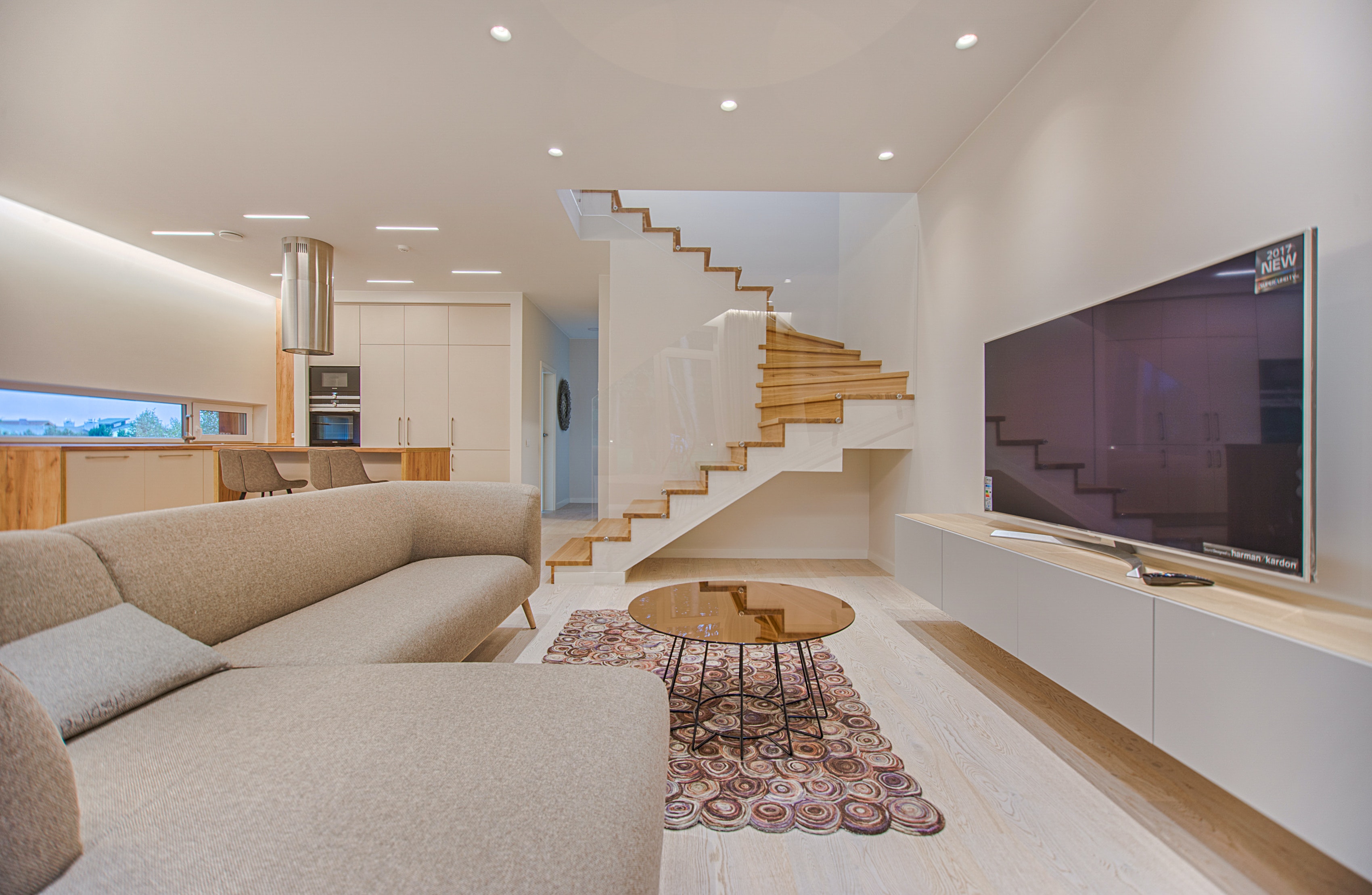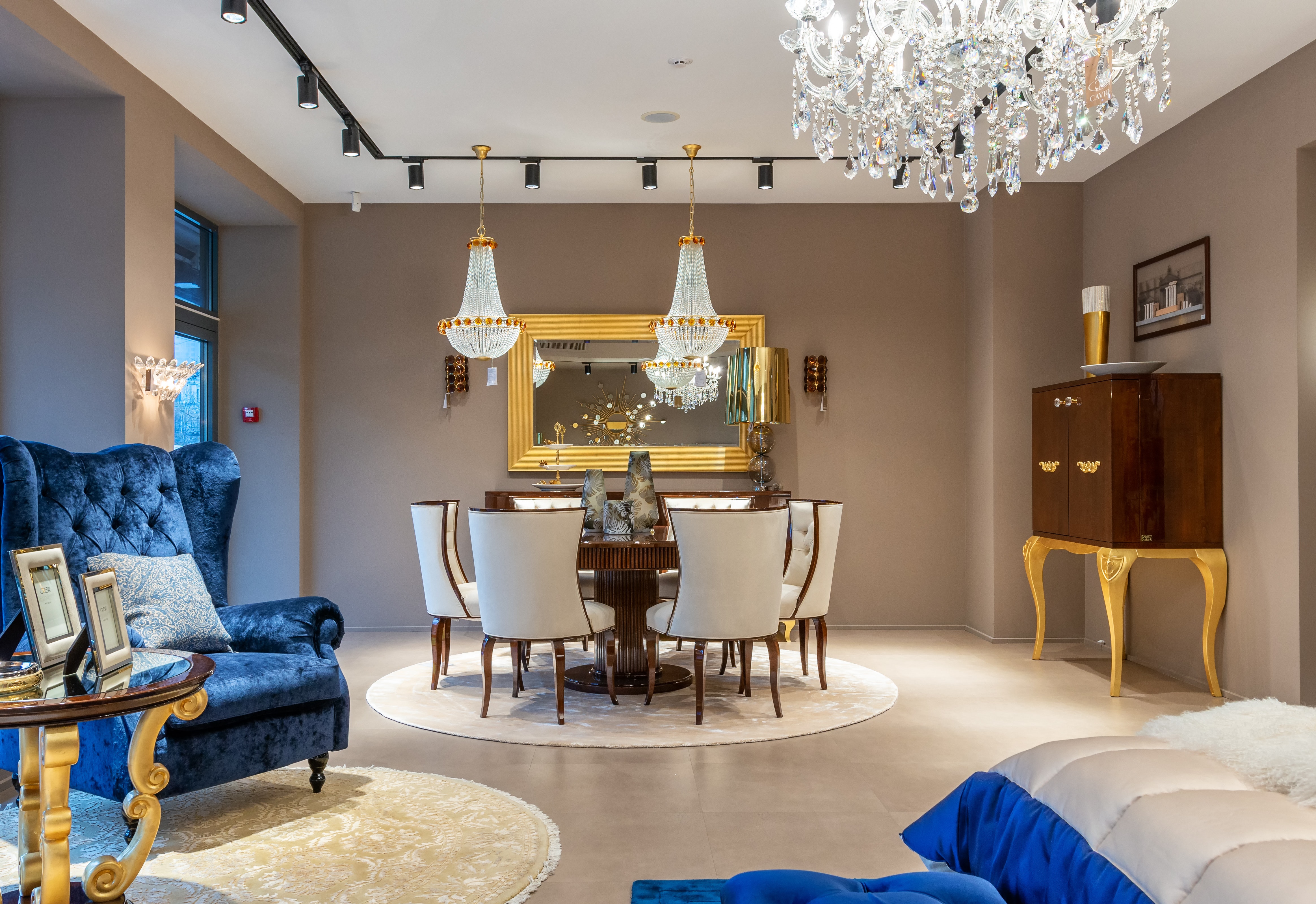When it comes to designing and decorating our homes, one crucial aspect to consider is the overall style we wish to embrace and whether you are moving into a new house or contemplating a makeover for your existing one, making a choice can be overwhelming.
The clash between modern and traditional aesthetics has always been a topic of debate among homeowners and designers alike. Both styles bring unique characteristics and charm to a living space, making it challenging to decide which path to follow.
Modern Style key characteristics:
The modern style, also known as contemporary, is a design approach that largely embodies simplicity and a focus on functionality.
- Clean Lines: Modern interiors feature clean, straight lines and geometric shapes. Furniture and architectural elements are often sleek and minimalistic, with an emphasis on simplicity and clarity.
- Minimalism: The modern style embraces the "less is more" philosophy. Clutter is kept to a minimum, and each element within the space serves a purpose. Furniture tends to be sleek and understated, with an emphasis on functionality.
- Neutral Colour Palette: Modern interiors often showcase a neutral colour scheme, including shades of white, beige, grey and black. These colours serve as a backdrop for bold accent pieces and artwork to stand out.
- Emphasis on Materials: Modern homes frequently incorporate a mix of materials such as glass, metal, concrete, and natural woods. These materials add texture and depth to the space while maintaining a contemporary feel.
- Open Floor Plans: Modern design often favours open floor plans that maximise space and flow. Rooms are interconnected, promoting a sense of airiness and fluidity.

Traditional Style key characteristics:
In contrast to modern design, traditional style embraces a sense of classic elegance and timeless charm and is rooted in historical influences, exuding warmth, comfort and sophistication.
- Ornate Details: Traditional interiors often feature intricate architectural details, such as crown mouldings, wainscoting, and ornate woodwork. These elements add depth and visual interest to the space.
- Rich Colour Palette: Traditional design favours a rich and warm colour palette, including deep reds, greens, blues, and earth tones. These hues create a cosy and inviting atmosphere.
- Antique and Vintage Furniture: Traditional interiors often showcase antique or vintage furniture pieces. These items contribute to the sense of history and heritage, adding character and charm to the space.
- Classic Furniture Silhouettes: Traditional homes are known for their elegant furniture pieces with curved lines, ornate carvings, and plush upholstery. Pieces like wingback chairs, roll-arm sofas, and claw-foot tables contribute to the timeless appeal of the style.
- Formality and Symmetry: Traditional interiors often exhibit a sense of balance and symmetry. Furniture placement, window treatments, and artwork are carefully arranged to create a harmonious and polished look.

Tips for Deciding Your Preferred Style:
- Reflect on Your Lifestyle: Consider your daily routine, personal preferences, and how you envision your ideal living space. If you appreciate simplicity, minimalism, and a clutter-free environment, the modern style may suit you. On the other hand, if you gravitate towards warmth, richness, and a more formal ambiance, the traditional style might be your preference.
- Assess Your Existing Home: If you are renovating, examine the architectural features and layout of your current home. Some styles may complement the structure more effectively than others. Modern design often suits open floor plans and large windows, while traditional design complements homes with intricate details and defined spaces.
- Explore Inspirational Sources: Look for design inspiration in magazines, online platforms, and home decor shows. Collect images and create mood boards to identify which style resonates with you emotionally. Pay attention to recurring elements, colours, and overall atmospheres that catch your eye.
- Seek Professional Guidance: Consult with a professional interior designer or decorator who can guide you through the decision-making process. They will help translate your vision and preferences into a cohesive design plan while considering factors like budget, functionality, and long-term appeal.
Choosing between a modern or traditional style for your home ultimately boils down to personal taste and lifestyle. Whether you opt for the clean lines and simplicity of modern design or the timeless elegance of traditional aesthetics, both styles have their unique charm.
And once you have decided on the overall style, there is nothing stopping you from mixing in a little of the other. It is possible to find a balance by incorporating elements from both modern and traditional aesthetics by adding contrasting accents.


Comments